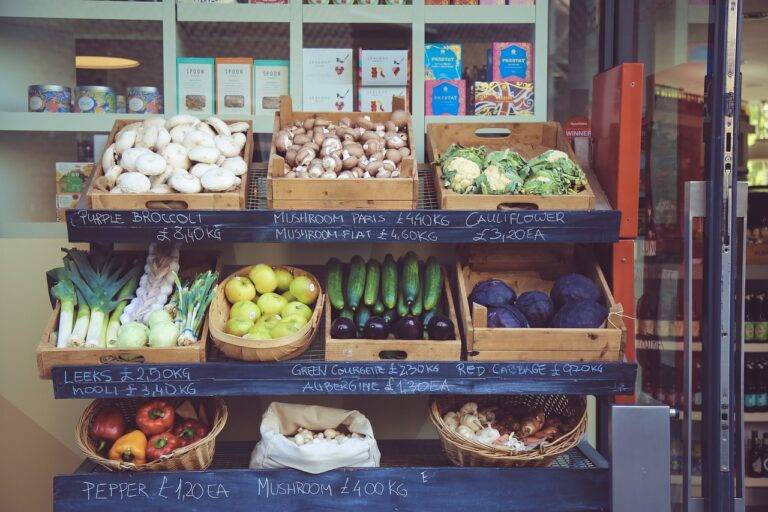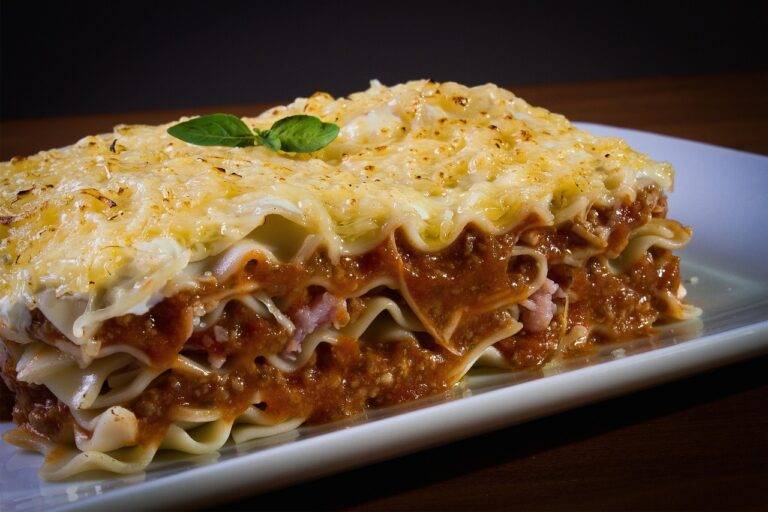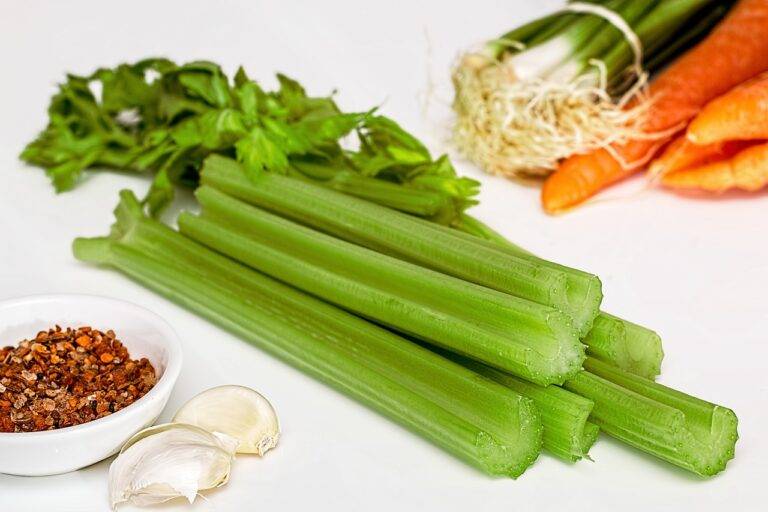The Importance of Cultural Food Traditions
Cultural food traditions play a crucial role in shaping our identity and connecting us with our roots. Through recipes passed down from generations, these traditions evoke a sense of belonging and nostalgia, creating a bond that transcends time and space. The preparation and sharing of these traditional dishes not only keep our heritage alive but also provide a way to honor our ancestors and the sacrifices they made to preserve these culinary customs.
Moreover, cultural food traditions serve as a form of storytelling, reflecting the history, values, and beliefs of a particular community. Each ingredient and cooking method carries a legacy of the past, serving as a tangible link to our cultural heritage. By continuing these food traditions, we not only celebrate our diverse backgrounds but also foster a sense of unity and understanding among different cultures and communities, bridging gaps and promoting mutual respect and appreciation.
Preservation of Heritage Through Food
Food is not just sustenance; it is a powerful vessel of culture and heritage. The way we prepare, cook, and share meals is deeply rooted in our traditions and history. Through the preservation of culinary practices passed down through generations, we honor and celebrate the unique heritage that defines who we are as a community or a family.
Every dish tells a story of our past, whether it’s a cherished family recipe or a regional specialty that has been enjoyed for centuries. By continuing to cook and enjoy these traditional foods, we ensure that our cultural identity remains alive and vibrant. The act of preparing and sharing these dishes becomes a way to connect with our ancestors, forging a bridge between the past, present, and future.
Why do cultural food traditions matter?
Cultural food traditions are important because they provide a connection to our roots and heritage. They help to preserve our identity and teach us about the history and values of our ancestors.
How can food be used to preserve heritage?
Food can be used to preserve heritage by passing down traditional recipes from generation to generation. By cooking and sharing these recipes, we can keep our cultural traditions alive and ensure they are not lost over time.
What are some examples of cultural food traditions?
Some examples of cultural food traditions include Italian pasta dishes, Mexican tamales, Japanese sushi, Indian curries, and French pastries. Each of these dishes has a long history and holds special significance within their respective cultures.
How can individuals contribute to the preservation of heritage through food?
Individuals can contribute to the preservation of heritage through food by learning traditional recipes, cooking them at home, and sharing them with family and friends. They can also support local restaurants and markets that specialize in ethnic cuisine.
What are the benefits of preserving heritage through food?
Preserving heritage through food can help to foster a sense of community and belonging. It can also promote cultural understanding and appreciation among different groups of people. Additionally, it allows us to celebrate our diversity and learn from one another’s traditions.





